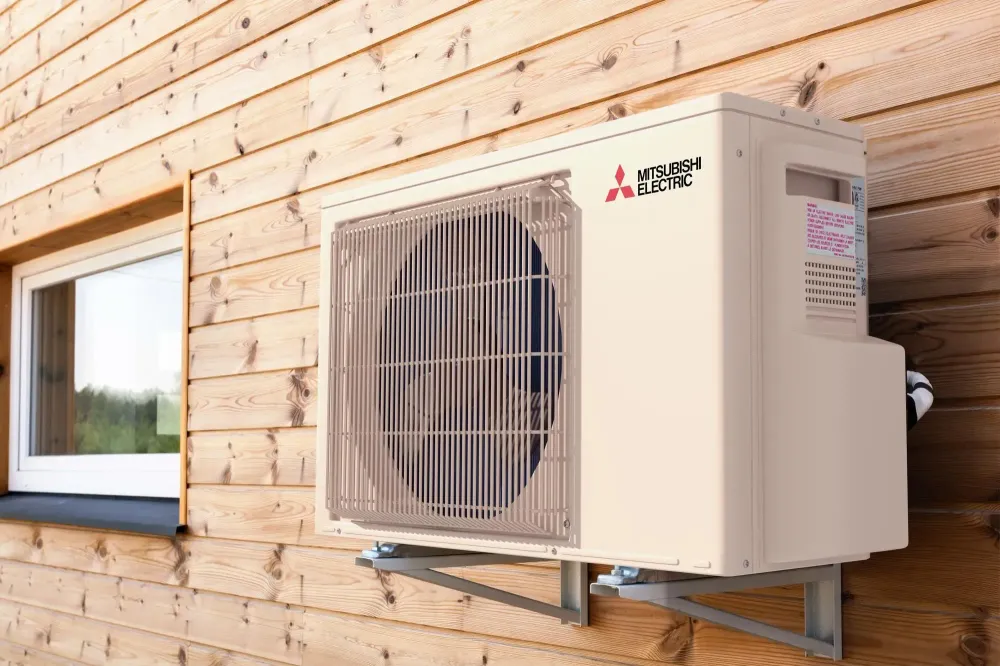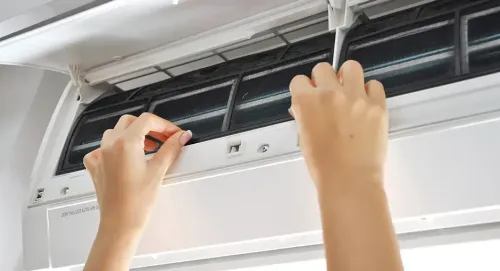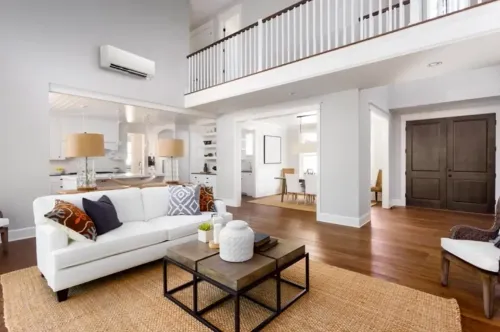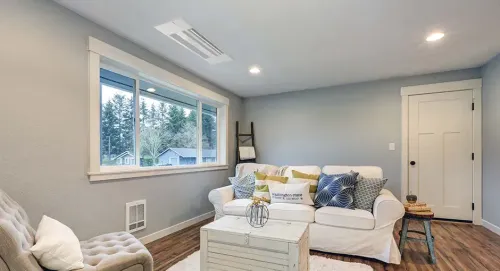Furnaces. Boilers. Baseboard heaters. While you’re probably familiar with these heating devices, the technology harkens from yesteryear. While you may have noticed them heating your grandparents’ house, times have changed for the better. Today’s all-electric heat pumps are light years ahead of these old, inefficient technologies.
In the same way that listening to a record on a phonograph can make you more appreciative of today’s crystal-clear soundbars and surround-sound speaker systems, we occasionally like to look back and salute the heating and cooling systems of the past. Let’s take a trip down memory lane to see how far we’ve advanced in achieving the right temperature in our homes.
Boilers
Boilers are large-sized, closed containers designed to warm-up water to create steam or vapor for heating purposes. The boiler along with a network of piping, a circulator pump, radiators and a baseboard are all required to make this system work. Components are installed in different spaces and rooms for proper heat distribution. Residential boilers can have a ton of different parts, depending on how many rooms require heating in your home.
Boilers are difficult to install, expensive and only offer heating. And if your boiler happens to have a leak, serious water damage is inevitable.
Furnaces
A furnace, often referred to as a type of “central forced-air”, blows incoming air over a heated metal heat exchanger. Once heated, the air is passed through HVAC ductwork for distribution. Downflow, upflow, and horizontal are the three main types of furnaces. A furnace can be powered by natural gas, oil, electricity and propane.
Unfortunately, forced-air heat is known for being inconsistent. With a central furnace, hot and cold spots are common.
Older Heat Pumps
We love heat pumps at Mitsubishi Electric, but not all heat pumps are created equally! This technology has become an increasingly popular option for residential heating and cooling since the 1970s, but the early models left a lot to be desired, particularly for cold-climate performance. Older, fixed-capacity heat pumps were known to lose heating capacity at around 40° F. These first-generation heat pumps were generally installed in mild, even climates.
Modern Heat Pumps
Heat pump innovation has dramatically increased the effectiveness and efficiency of these systems. The latest Mitsubishi Electric heat pumps are built for high performance and can solve comfort issues in any climate. The INVERTER-driven compressor in the outdoor units pinpoints the exact amount of energy needed to heat or cool an area. That means ultra-efficiency and the highest level of comfort possible. Our units with Hyper-Heating INVERTER® (H2i®) capability provide continuous heating at temperatures as low as -13° F.
As cutting-edge technologies continue to be integrated into this type of equipment, we’re likely to see even more progress in terms of the quality and cost of heating and cooling your home in the future. Today’s all-electric high-performance models from Mitsubishi Electric deliver the best in heating and air conditioning for your comfort, your family’s savings and the environment. Grandma would be proud.









